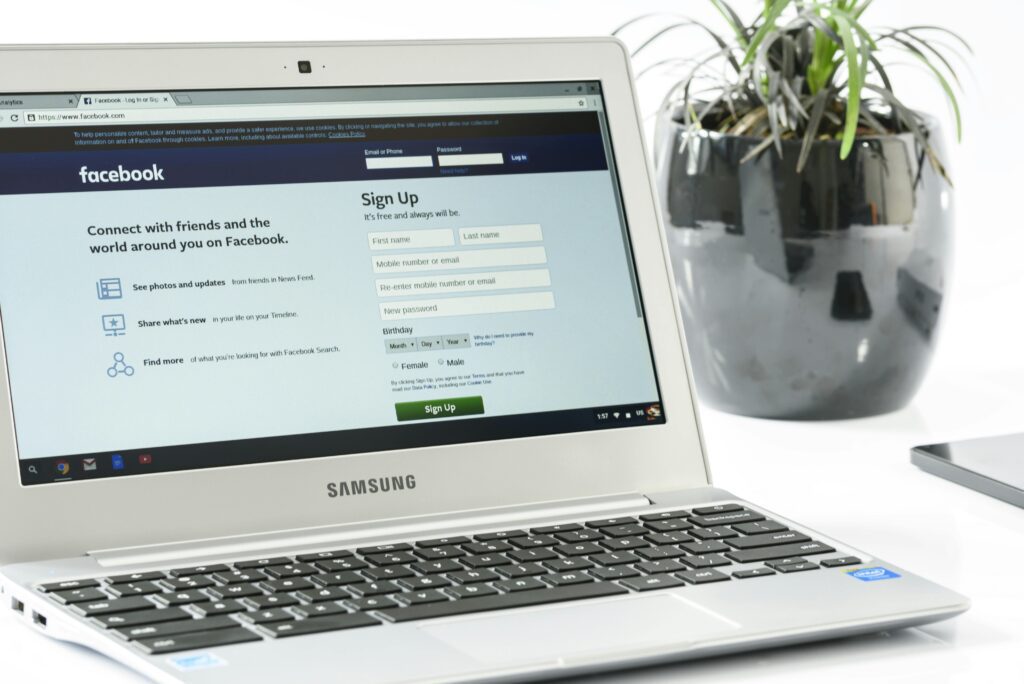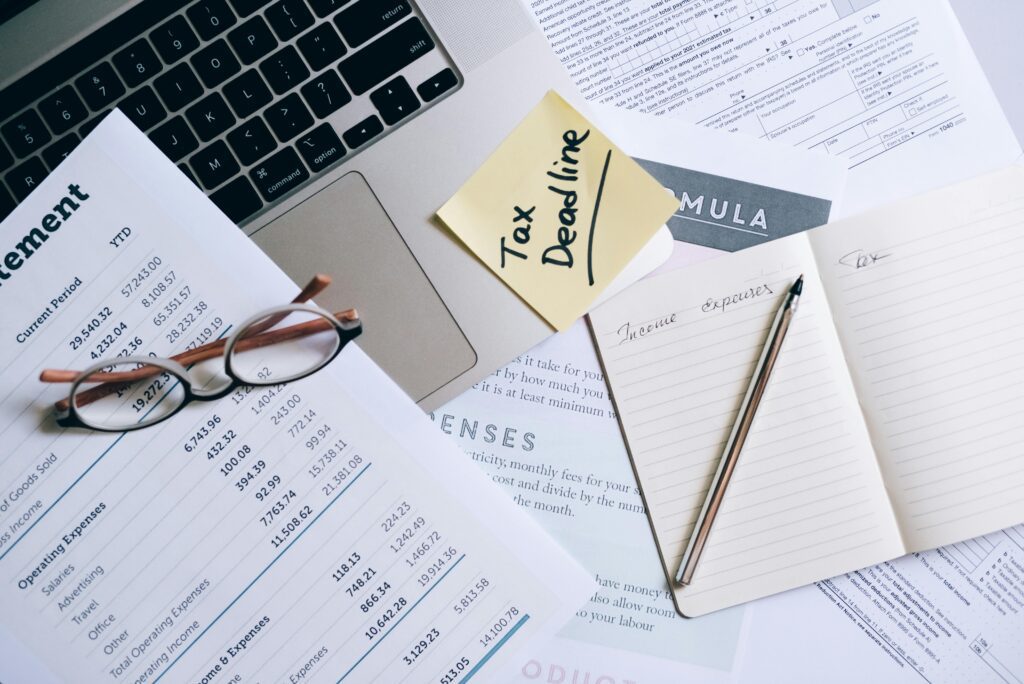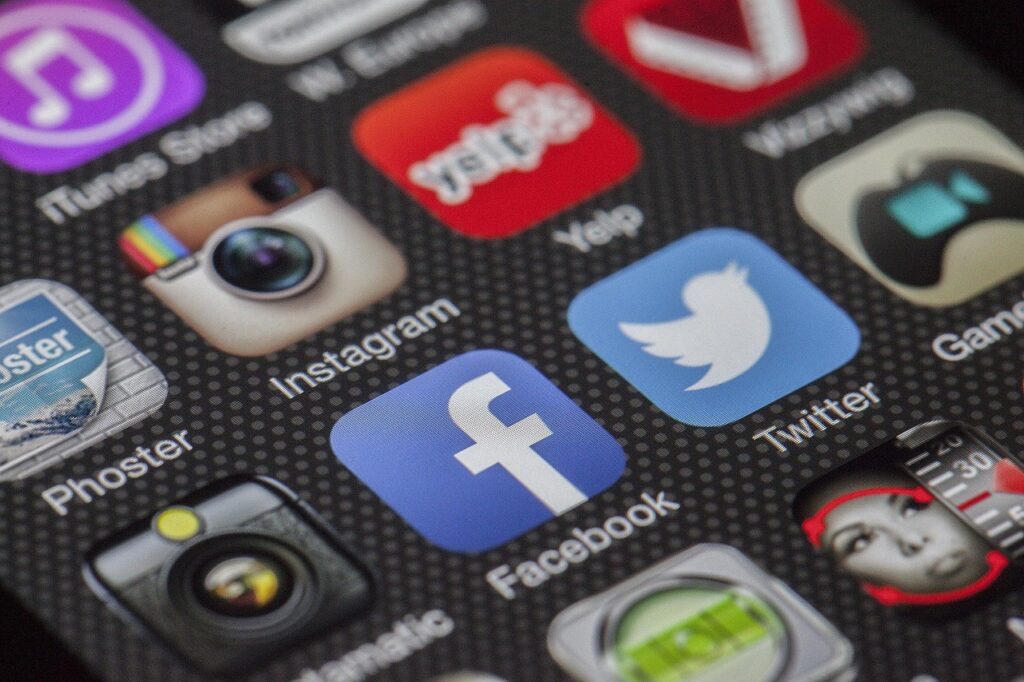Introduction
Loyalty program messaging is the strategic communication framework that connects brands with program members, delivering timely, relevant information that drives engagement, encourages specific behaviors, and strengthens customer relationships over time. In today’s hyper-competitive market, these communications serve as the vital connective tissue between your loyalty initiatives and customer action.
In a revealing statistic that underscores the critical importance of effective loyalty messaging, brands with optimized loyalty communications see a staggering 2,361% higher conversion rate compared to standard marketing messages [2]. Yet despite the enormous potential, many loyalty programs struggle with member engagement—the average annual activity rate across loyalty programs is just 59%, meaning nearly half of all members make no purchases within a year [2]. This engagement gap represents both a significant challenge and an extraordinary opportunity for brands willing to master the art and science of loyalty program messaging.
What Is It?
Loyalty program messaging encompasses all communications sent to program members with the purpose of driving engagement, encouraging specific behaviors, and strengthening the customer-brand relationship. These messages span multiple channels including email, SMS, app notifications, social media, and direct mail, creating a cohesive communication ecosystem that guides members through their loyalty journey.
Effective loyalty messaging goes far beyond simply announcing point balances or available rewards. It creates a narrative that connects program mechanics with customer emotions, transforming transactional relationships into emotional bonds. This includes welcome sequences that onboard new members, milestone celebrations that recognize achievements, behavior-triggered communications that respond to specific actions, and personalized offers that reflect individual preferences and purchase history.
Why It Matters
In today’s digital marketing landscape, loyalty program messaging has become increasingly critical as consumer expectations for personalized experiences continue to rise. The data tells a compelling story: 90% of companies now operate some form of loyalty program, recognizing their potential to drive business growth [7]. These programs can boost customer retention rates by up to 25% and increase sales by 15-25% per year when properly executed [7].
The financial impact is equally impressive. Loyalty program members generate 12-18% more revenue growth annually than non-members and spend 20% more on average [7]. Perhaps most tellingly, members are 59% more likely to choose a brand over competitors, highlighting the competitive advantage that effective loyalty programs provide [7].
The communication component is particularly crucial, as evidenced by the fact that 80% of loyalty program owners plan to revamp their programs within the next three years, with improved messaging and personalization being top priorities [2]. Currently, only 37% of loyalty programs use personalized rewards or offers, though 53% plan to implement such personalization in the near future—signaling a major shift toward more sophisticated messaging strategies [2].
The Psychology Behind It
The remarkable effectiveness of loyalty program messaging stems from its ability to leverage fundamental psychological principles that influence human decision-making and behavior. Understanding these psychological triggers is crucial for creating communications that resonate with members on a deeper level.
Reciprocity plays a central role in loyalty messaging by creating a sense of obligation when businesses provide value before asking for anything in return. When members receive unexpected rewards or recognition, they feel compelled to reciprocate through continued engagement and purchases. This principle explains why surprise-and-delight messages often generate higher response rates than standard promotional communications.
The Law of 29, which states that consumers typically need to be exposed to a product or service multiple times before making a purchase decision, underscores the importance of consistent, repeated messaging. Regular loyalty communications maintain brand presence in members’ minds, gradually building familiarity and trust that leads to action.
Commitment bias further enhances messaging effectiveness, as once individuals make small commitments (such as joining a program or completing a profile), they become more likely to follow through with larger commitments like making purchases. Loyalty messages that acknowledge previous engagement and invite the next logical step leverage this psychological tendency effectively.
The Goal Gradient Effect reveals that people accelerate their efforts as they approach a reward threshold. Messages that highlight progress toward rewards (“You’re just 50 points away from your next reward!”) tap into this psychological principle, motivating members to take action to reach their goals more quickly.
Loss aversion—the tendency to prefer avoiding losses over acquiring equivalent gains—makes messages about expiring points or limited-time offers particularly powerful. Communications that emphasize what members might miss rather than what they might gain often generate stronger responses.
How It Works
Effective loyalty program messaging operates through a systematic approach that combines strategic planning, audience segmentation, and automated delivery. The process typically follows these key steps:
1. Define Communication Objectives
Begin by establishing clear goals for your loyalty messaging strategy, whether focused on acquisition, onboarding, engagement, or retention. Each objective requires different messaging approaches and success metrics. For example, acquisition messages might emphasize immediate benefits of joining, while retention communications focus on long-term value and exclusive experiences.
2. Map the Member Journey
Create a comprehensive map of the member lifecycle, identifying key touchpoints and moments that warrant communication. This journey typically includes stages such as awareness, enrollment, first engagement, active participation, reward redemption, and renewal or re-engagement. Each stage presents unique opportunities for targeted messaging that moves members to the next level of engagement.
3. Segment Your Audience
Divide your membership base into meaningful segments based on behavior patterns, engagement levels, purchase history, and preferences. Common segments include new members, active participants, high-value customers, at-risk members, and dormant accounts. Each segment requires tailored messaging that addresses their specific needs and motivations.
4. Develop Triggered Communications
Implement behavior-triggered messages that respond automatically to specific member actions or milestones. These might include welcome sequences for new enrollments, congratulatory messages for level advancements, reminders for members approaching point expiration, or re-engagement campaigns for inactive accounts. Triggered communications ensure timely, relevant messaging that responds to member behavior in real-time.
5. Personalize Content and Offers
Tailor message content based on individual member data, including name, purchase history, browsing behavior, and reward preferences. Personalization can range from simple name insertion to sophisticated dynamic content that changes based on member attributes. For example, Sephora’s Beauty Insider program sends personalized product recommendations based on previous purchases and browsing history, significantly increasing conversion rates.
6. Select Appropriate Channels
Determine the optimal communication channels for different message types and member preferences. Email remains the backbone of loyalty communications, but SMS, app notifications, social media, and direct mail all play important roles. The North Face’s XPLR Pass program, for instance, uses a multi-channel approach that includes email for detailed program updates, SMS for time-sensitive offers, and app notifications for location-based rewards.
7. Establish Messaging Cadence
Create a balanced communication schedule that maintains engagement without overwhelming members. Research suggests that loyalty communications should be limited to 5 messages per month, with timing optimized between 10 am and 6 pm for highest engagement [13]. Some programs, like Starbucks Rewards, use dynamic frequency that increases or decreases based on member engagement levels.
Why It’s Effective
The effectiveness of strategic loyalty program messaging stems from its ability to address multiple marketing challenges simultaneously while leveraging both technological capabilities and psychological insights. From a strategic perspective, well-crafted loyalty communications maintain consistent brand presence without overwhelming members, creating a balanced approach to customer engagement.
Technically, automation ensures that no member interaction goes unacknowledged, as every significant action triggers appropriate follow-up according to predetermined rules. This systematic approach results in significantly higher engagement rates: automated loyalty emails achieve 70.5% higher open rates and 152% higher click-through rates compared to standard marketing messages [3].
The data-driven nature of loyalty messaging enables unprecedented personalization, with 58% of businesses now investing in tailored approaches [1]. This personalization pays dividends, as personalized loyalty communications generate 5-8 times the ROI on marketing spend compared to generic messages.
Gamification elements, incorporated into 43% of loyalty programs, further enhance messaging effectiveness by adding interactive, engaging components that boost participation [1]. Messages that incorporate game-like elements such as challenges, progress indicators, and achievement recognition see engagement rates up to 30% higher than standard communication.
Perhaps most importantly, effective loyalty messaging creates a sense of ongoing relationship rather than transactional interactions. By providing consistent value through educational content, personalized recommendations, and recognition of member milestones, these communications build trust and emotional connection that translates into higher retention rates and increased share of wallet.
How to Implement It
Implementing an effective loyalty program messaging strategy requires careful planning, appropriate technology selection, and systematic execution. Follow these steps to create communications that drive engagement and reward desired behaviors:
Planning Phase
- Audit Current Communications: Evaluate your existing loyalty messages for consistency, relevance, and effectiveness. Identify gaps in the member journey where additional communications could improve engagement.
- Define Key Behaviors: Identify the specific member behaviors you want to encourage through your messaging, such as completing profiles, making purchases, writing reviews, or referring friends.
- Create Messaging Guidelines: Develop clear guidelines for tone, style, and branding to ensure consistency across all loyalty communications. Include templates for common message types to maintain visual cohesion.
- Design Message Flows: Map out detailed communication sequences for key member journeys, including welcome series, milestone celebrations, and re-engagement campaigns.
Technology Selection
Choose platforms that align with your program complexity and budget requirements. Key capabilities to consider include:
- Marketing Automation: Select a platform that enables behavior-triggered messaging and supports multi-channel communication [3]. Options like ActiveCampaign (starting at $15/month) offer over 500 automation recipes specifically for loyalty programs [4].
- Customer Data Platform: Implement a system that unifies member data across touchpoints to enable true personalization. Platforms like Segment or mParticle can consolidate data from your loyalty program, e-commerce platform, and marketing tools.
- Mobile Messaging: Consider dedicated SMS platforms like Infobip for time-sensitive loyalty communications, with research showing 98% open rates for loyalty-related text messages [4].
- Analytics Tools: Deploy solutions that track message performance and member behavior to enable continuous optimization. Look for features that measure not just opens and clicks, but also attribute redemptions and purchases to specific messages.
Implementation Best Practices
Follow these proven tactics to maximize the effectiveness of your loyalty program messaging:
- Craft Compelling Subject Lines: Use subject line frameworks that drive opens, such as “Exclusive Access” (“Your VIP-only reward is waiting”), “Personalized Progress” (“You’re 75% to your next reward, Jane!”), or “Surprise & Delight” (“We’ve added a surprise to your account”) [17].
- Optimize Message Timing: Send loyalty communications between 10 am and 6 pm, avoiding early morning or late evening messages that may annoy members. Test different send times to identify optimal engagement windows for your specific audience.
- Personalize Beyond Names: Incorporate behavioral data, purchase history, and preference information to create truly relevant communications. For example, include recently viewed products, category preferences, or location-specific offers.
- Create Message Hierarchies: Develop a tiered approach to messaging frequency based on member value and engagement level. Your most active and valuable members may welcome more frequent communications, while less engaged members require a more measured approach.
- Implement A/B Testing: Continuously test message elements including subject lines, content, imagery, and calls-to-action to optimize performance. Use the results to refine your messaging strategy over time.
- Balance Promotional and Value-Add Content: Ensure that at least 40% of your loyalty communications provide value beyond promotions, such as educational content, community highlights, or exclusive experiences [5].
Measuring Success and Optimization

Effective measurement and continuous optimization are essential for maximizing the impact of your loyalty program messaging. Establish a comprehensive analytics framework that tracks both message performance and business outcomes:
Key Performance Indicators
Monitor these critical metrics to evaluate messaging effectiveness:
- Engagement Metrics: Track open rates, click-through rates, and response rates across different message types and member segments. The program engagement rate formula (Engaged Members/Total Members × 100) provides a holistic view of how well your communications drive action.
- Behavior Completion: Measure the percentage of members who complete desired behaviors after receiving specific messages. This direct correlation between messaging and action is the ultimate test of effectiveness.
- Redemption Rate: Calculate the percentage of earned rewards that members redeem, a key indicator of program value and communication clarity [14]. Low redemption rates often signal messaging problems rather than program design issues.
- Revenue Impact: Assess the percentage of total revenue generated by loyalty program members, with successful programs typically accounting for 40-60% of company revenue [7].
- Retention Metrics: Monitor program churn rate and compare retention between engaged and non-engaged members to quantify the impact of your messaging strategy.
Optimization Strategies
Use these approaches to continuously improve your loyalty program messaging:
- Segment Analysis: Compare message performance across different member segments to identify opportunities for more targeted communications.
- Message Sequence Optimization: Analyze the performance of multi-message sequences to identify optimal timing, frequency, and content progression.
- Channel Effectiveness: Evaluate which communication channels drive the highest engagement for different message types and member segments.
- Content Testing: Systematically test different message elements including subject lines, visuals, personalization approaches, and calls-to-action.
- Feedback Integration: Collect and incorporate member feedback on communications through surveys, preference centers, and direct response options.
Conclusion
Effective loyalty program messaging represents the critical bridge between program mechanics and member engagement—transforming static rewards structures into dynamic, personalized experiences that drive meaningful behavior. As we’ve seen, the impact of strategic loyalty communications extends far beyond simple transactional relationships, creating emotional connections that significantly increase customer lifetime value.
The data makes a compelling case: loyalty program members who receive personalized, relevant communications spend 20% more and are 59% more likely to choose a brand over competitors [7]. Yet with only 37% of programs currently leveraging personalized messaging, a significant opportunity exists for brands willing to invest in more sophisticated communication strategies [2].
The future of loyalty program messaging lies in even greater personalization, with AI-powered systems delivering hyper-relevant communications based on individual member behavior, preferences, and predicted needs. Brands that embrace this evolution—creating messaging ecosystems that respond intelligently to member actions while maintaining authentic human connection—will enjoy substantial competitive advantages in customer retention and growth .
As you develop your loyalty program messaging strategy, remember that the most effective communications don’t just inform members about rewards—they create meaningful moments that strengthen emotional bonds and inspire ongoing engagement. By applying the principles and practices outlined in this article, you can transform your loyalty communications from routine updates into powerful drivers of member behavior and brand advocacy.
- OpenLoyalty. “Loyalty Program Trends 2025 report.” OpenLoyalty, May 25, 2025. https://www.openloyalty.io/resources/loyalty-program-trends
- Queue-it. “107 Staggering Loyalty Program Statistics for 2025.” Queue-it, January 16, 2025. https://queue-it.com/blog/loyalty-program-statistics/
- GlobeNewswire. “Loyalty Programs Global Market Report 2025: Growth of Gamification and Engagement Based Loyalty Programs.” GlobeNewswire, April 9, 2025. https://www.globenewswire.com/news-release/2025/04/09/3058250/28124/en/Loyalty-Programs-Global-Market-Report-2025-Growth-of-Gamification-and-Engagement-Based-Loyalty-Programs-McDonald-s-Monopoly-in-the-UK-and-U-S-Remains-a-Top-performing-Interactive-L.html
- 2Stallions. “The Science Behind Loyalty Programs: Do Rewards Really Enhance Retention?” 2Stallions, September 9, 2024. https://2stallions.com/blog/the-science-behind-loyalty-programs-do-rewards-really-enhance-retention/
- LoyaltyLion. “21 Examples of Successful Loyalty Programs in 2025.” LoyaltyLion, May 1, 2025. https://loyaltylion.com/blog/customer-loyalty-program-examples
- Zinrelo. “7 Loyalty Program Metrics to Monitor Your Program Performance.” Zinrelo, October 23, 2024. https://www.zinrelo.com/blog/customer-loyalty-program-metrics/
- BusinessDasher. “42 Crucial Customer Loyalty Statistics: A Must-Know in 2025.” BusinessDasher, March 14, 2025. https://www.businessdasher.com/customer-loyalty-statistics/
- Qashier. “The psychology behind customer loyalty programs and influencing consumer behaviour.” Qashier, April 12, 2024. https://qashier.com/sg/blog/2024/04/12/the-psychology-behind-customer-loyalty-programs-and-influencing-consumer-behaviour/
- Antavo. “37 Loyalty Program Best Practices & Strategies.” Antavo, August 15, 2024. https://antavo.com/blog/loyalty-program-best-practices/
- Infobip. “Creating SMS loyalty programs that work: Strategies & examples.” Infobip, June 3, 2025. https://www.infobip.com/blog/sms-loyalty-programs
- SixFive. “Best practices for Loyalty Programs via SMS.” SixFive, January 1, 2024. https://www.sixfive.com/post/best-practices-for-loyalty-programs-via-sms
- Brandmovers. “Complete Guide To Building A Customer Loyalty Communication Strategy.” Brandmovers, January 1, 2025. https://www.brandmovers.com/building-a-customer-loyalty-communication-strategy
- Loyoly. “Loyalty program email: 10 must-try emails (+ best practices).” Loyoly, April 15, 2025. https://www.loyoly.io/blog/loyalty-program-emails-examples
- Brandmovers. “How To Build A Customer Engagement Strategy For Your Loyalty Program.” Brandmovers. https://www.brandmovers.com/how-to-build-a-customer-engagement-strategy-for-your-loyalty-program
- StampMe. “Top 10 Marketing Strategies to Increase Customer Loyalty.” StampMe, June 12, 2025. https://www.stampme.com/blog/top-10-marketing-strategies-to-increase-customer-loyalty
- CleverTap. “13 Brilliant Customer Loyalty Program Examples.” CleverTap, January 29, 2025. https://clevertap.com/blog/customer-loyalty-program-examples/
- Loyoly. “5 psychology theory behind winning loyalty programs.” Loyoly, January 1, 2025. https://www.loyoly.io/blog/psychology-concept-and-loyalty-programs
Read more
Boost Revenue Now: Essential Advertising KPIs Every CEO Uses
Advertising Automation KPIs Every Marketer Should Track Picture this: companies are crushing it with $5.44 back…
10 Game-Changing Facebook Ads Workflows for 2025 Growth
Picture this: 76% of businesses using Facebook ads workflows slash their campaign management time by 30%….
10 Deadly Retargeting Mistakes Business Owners Make
Did you know that retargeting campaigns can boost conversion rates by up to 150%? Yet many…
10 Invoice Automation Workflows That Skyrocket Cash Flow Now
Are you still stuck with paper invoices and typing in data by hand? Here’s a…
Revolutionary: 10 Social Media Automation Strategies Crushing Competition
Imagine this: you’re staring at your calendar, heart racing as you realize your biggest event…
10 Hidden Price drop Automation Secrets Competitors Don’t Know
Did you know that 77% of businesses using marketing automation see increased conversion rates, while…







